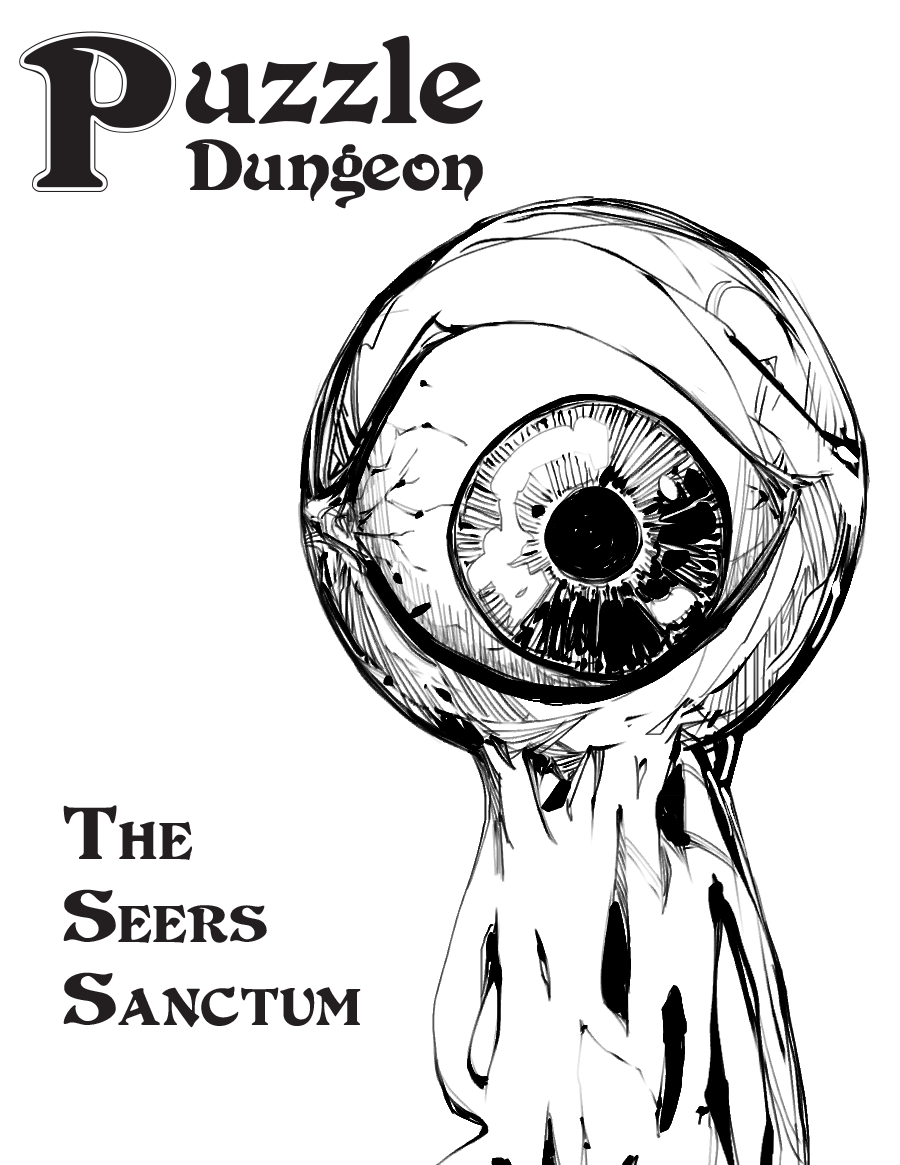Tomb of the Serpent Kings by Skerples, with art by Scrap Princess, is an awesome dungeon adventure which you should immediately grab if you haven't already.
It's a very good dungeon per se, and is also famous for being a "learning" module both for players and GMs who want to familiarize with the OSR style of play.
It is available as a free pdf, but I've grabbed the A4 Print-on-Demand version and I'm very happy with it. I'm preparing to run it for a group of total newbies, and see how good it is at its intended job!
And since I'm going to use Old-School Essentials, I've prepared a few adaptation notes, so why not share them?
Here's also my very quick map (made with the awesome Worldographer) to have a bit of a backdrop "world" to just start playing.
The tomb is the dolmen icon just southeast of the starting town of Fortana, and the Brandonia town in the woods northwest is a renaming for Brandonsford, which I hope to play next!
So, here are the notes for the False Tomb and Upper Tomb sections.
The lower tomb will be covered in the next post! is available here!
Tomb of the Serpent Kings - False Tomb & Upper Tomb
notes for Old-School Essentials
Treasure: All values should be multiplied x10!
Rooms 2 to 4: The poison gas. Save vs poison or 1d6 damage.
Room 5: Trap: save vs death or 2d6 damage.
Room 6: Skeletons as per monster entry in OSE.
Room 11: Mummy Claws.
Armour Class 7 [12]
Hit Dice 1* (4hp)
Attacks 1 × strangle (1d6)
THAC0 19 [0]
Movement 30’ (10’)
Saving Throws D12 W13 P14 B15 S16 (1)
Morale 12
Alignment Chaotic
XP 13
Undead: Make no noise, until they attack. Immune to effects that affect living creatures (e.g. poison). Immune to mind-affecting or mind-reading spells (e.g. charm, hold, sleep).
Disease: Anyone hit contracts a horrible rotting disease. Magical healing is ineffective; natural healing is ten times slower. The disease can only be removed by magic.
Room 13: Sparamuntar, the snake-man Skeleton
Armour Class 7 [12]
Hit Dice 3 (13hp)
Attacks 1 × battle axe (1d8, Slow, Two-handed)
THAC0 17 [+2]
Movement 60’ (20’)
Saving Throws D12 W13 P14 B15 S16 (1)
Morale 12
Alignment Chaotic
XP 35
Undead: Make no noise, until they attack. Immune to effects that affect living creatures (e.g. poison). Immune to mind-affecting or mind-reading spells (e.g. charm, hold, sleep).
Room 14: Franbinzar as a minor black pudding:
Armour Class 6 [13]
Hit Dice 5 (22hp)
Attacks 1 × touch (2d8)
THAC0 15 [+4]
Movement 60’ (20’)
Saving Throws D10 W11 P12 B13 S14 (5)
Morale 12
Alignment Neutral
XP 300
Immunity: Only harmed by fire-based attacks.
Division: Non-fire attacks (including spells) cause the pudding to divide. Each hit creates a 1HD pudding that does 1d6 damage.
Erode wood and metal: Can dissolve wood or metal in one turn.
Cling: Can move across walls and ceilings.
Seep: Can squeeze through small holes and cracks.
Room 15: Not relative to the rules... In order to make it easier for the players, I'll describe one of the scrolls as the drawing of the succubus, with her name written below.
Room 18: Stairs trap. 1d8 damage, save vs death halves.
Room 19: Stone Cobra Guardian. This is supposed to be very strong, so I had originally decided to give 1d8+3 melee damage, but after some feedback on Reddit I've decided 2d6 is more in line with similar instances in BX.
Armour Class 3 [16]
Hit Dice 4+1 (19hp)
Attacks 1 × dented sword (2d6)
THAC0 15 [+4]
Movement 60’ (20’)
Saving Throws D10 W11 P12 B13 S14 (4)
Morale 12
Alignment Neutral
XP 125
Shield draw: d6 damage, save vs death negates.
Leap and slam: d4 damage, save vs death negates.
Room 20: Running or leaping along the chasm: save vs death (+5) to avoid falling into the chasm (death).
Room 21: Dungeon barnacles. Save vs paralysis or be paralyzed for 1d4 hours. Paralyzed victims are devoured in 1d4 hours if left in place.
The second half of the Serpent Kings dungeon is HERE!
Into OSR? Check my other OSR posts and reviews!












